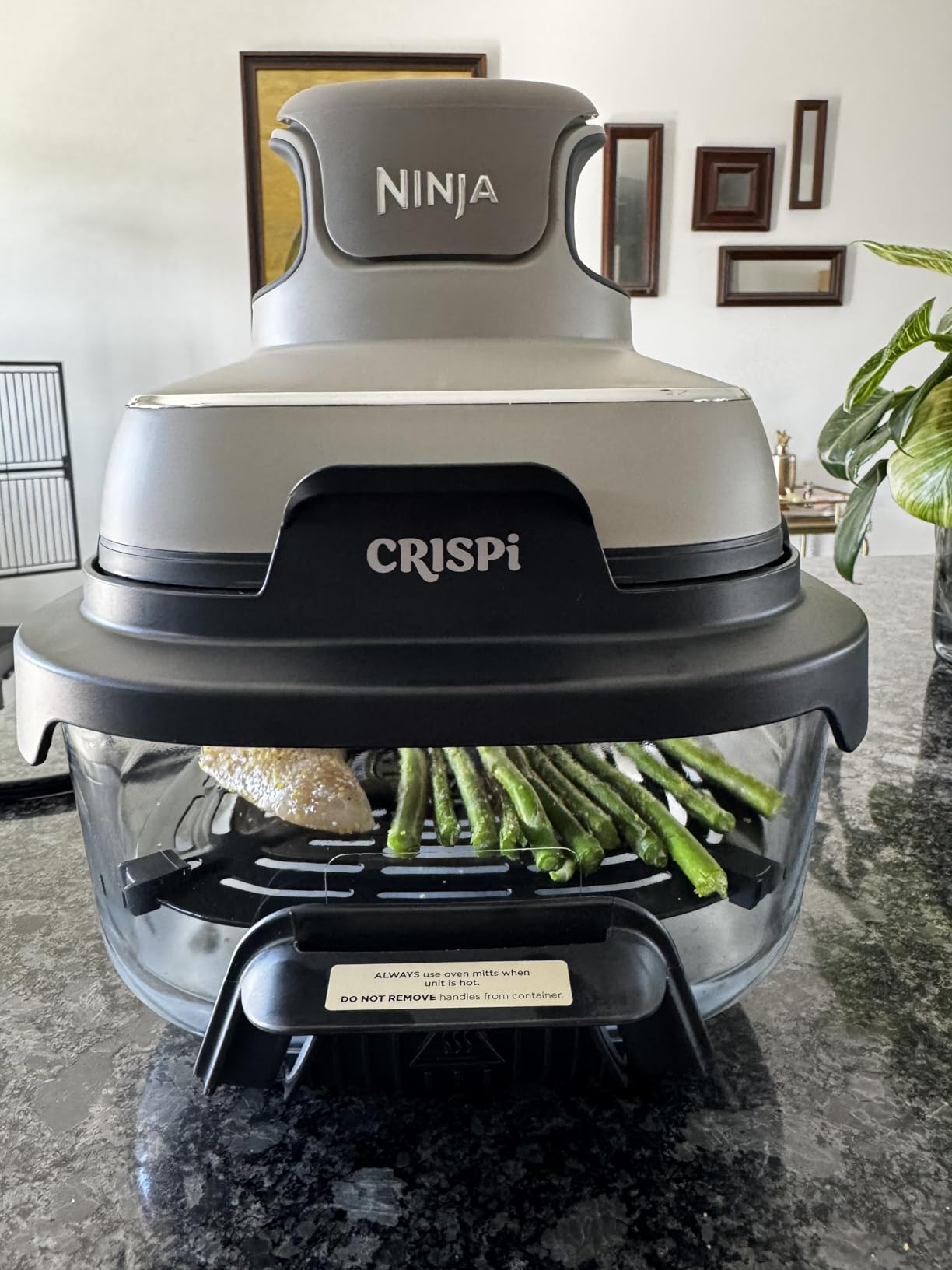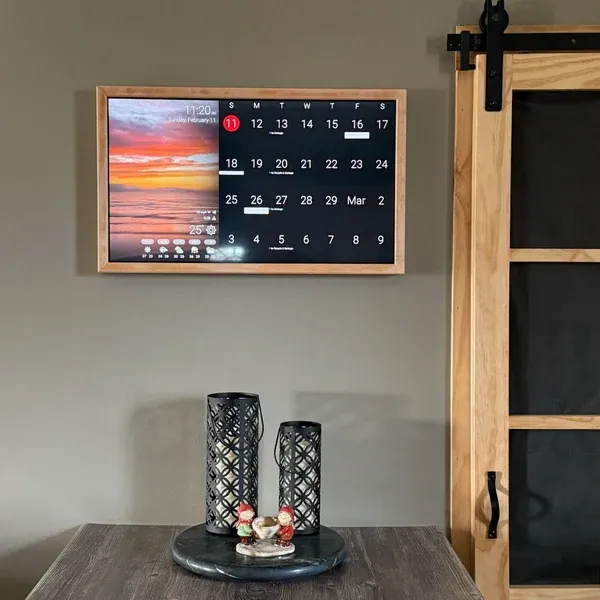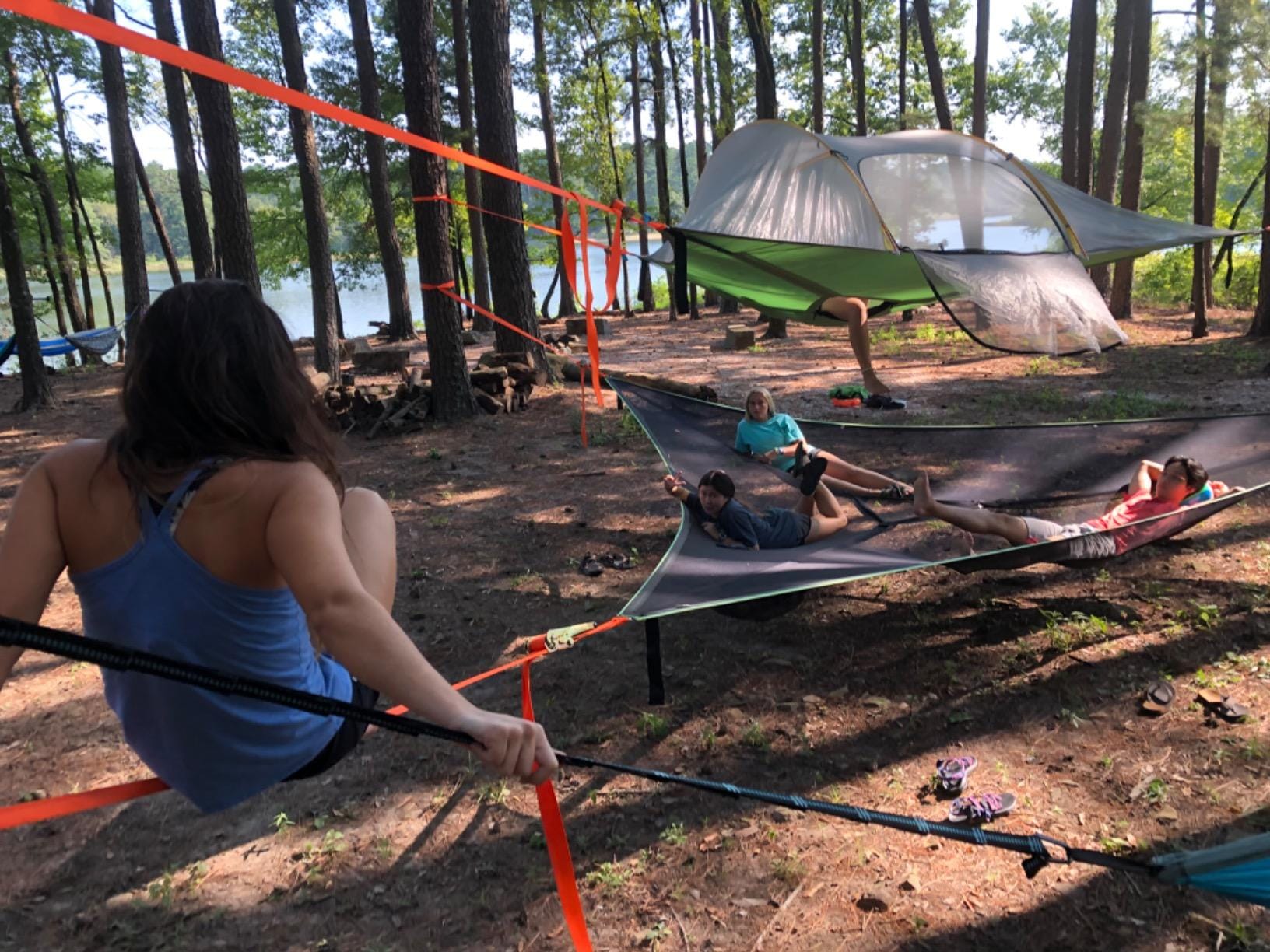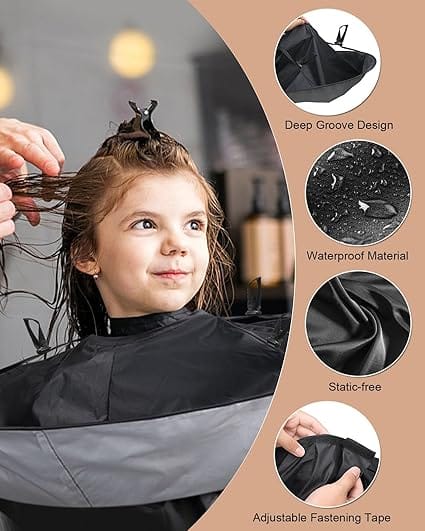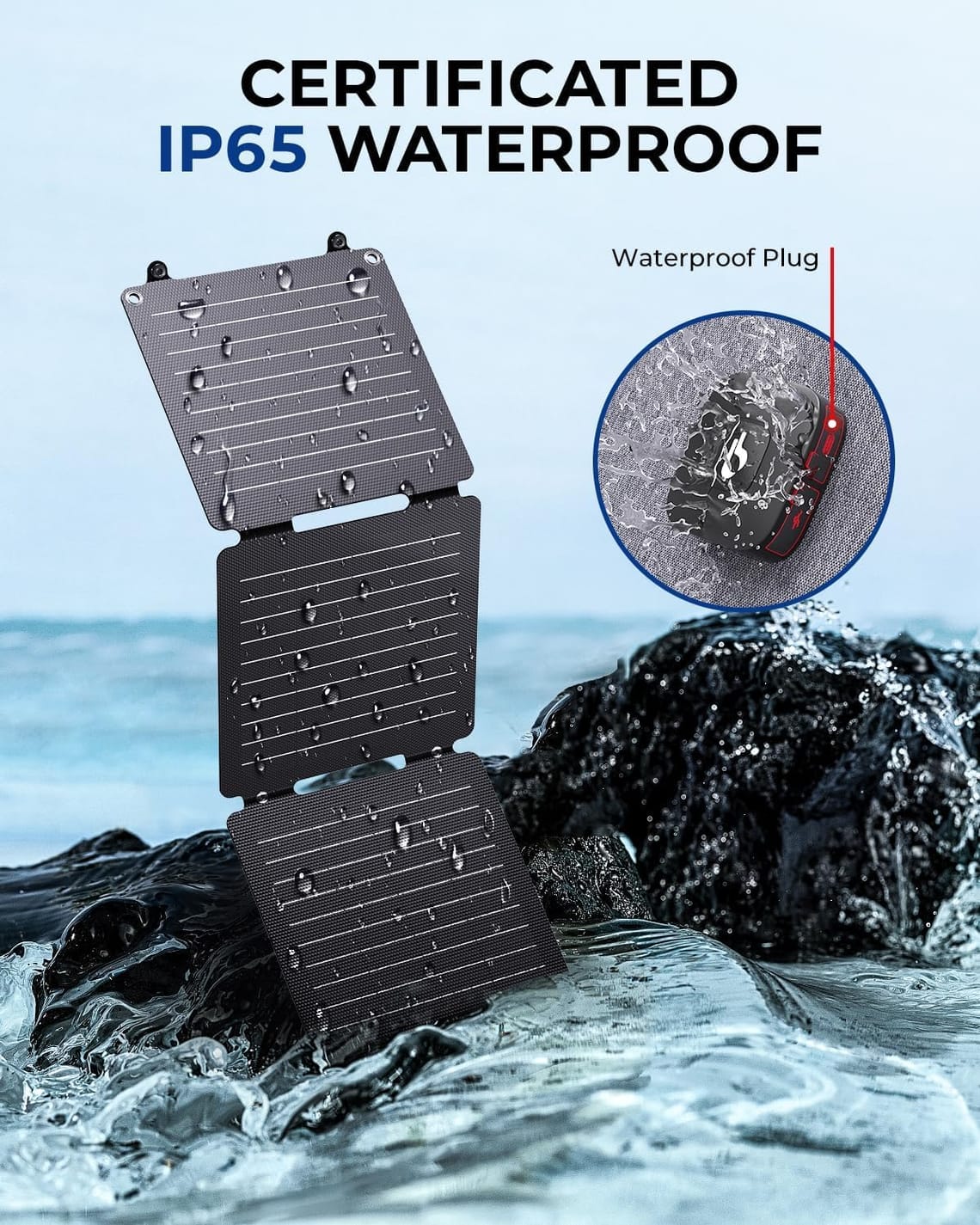
BigBlue 20W Solar Panel Review: Your Off-Grid Power?
Author Byline: By David Miller / Last updated on July 26, 2025
Introduction
I can still feel the frustration. I was standing on a ridge overlooking a valley, the sun was setting, and the sky was exploding into a perfect canvas of orange and purple. The kind of "golden hour" shot that makes hauling camera gear and a drone up a mountain totally worth it. I pulled out my phone to capture the moment... 5% battery. No problem, I thought, grabbing my trusty power bank. Dead. Utterly, completely dead. The perfect shot vanished with the light, and all I had was the memory and a nagging feeling of being unprepared.
That single moment of tech failure is what sent me down the rabbit hole of off-grid power, leading me directly to the BigBlue 20W Portable Solar Panel. It promised a simple, lightweight solution to keep my small devices—and my photography ambitions—alive in the wild.
But does it deliver? Or is it just another piece of gear that looks better on paper than it performs on the trail? I’ve spent the last few weeks testing it in various conditions, and if you're wondering whether this is the right solar charger for you, this is the only review you'll need to read.
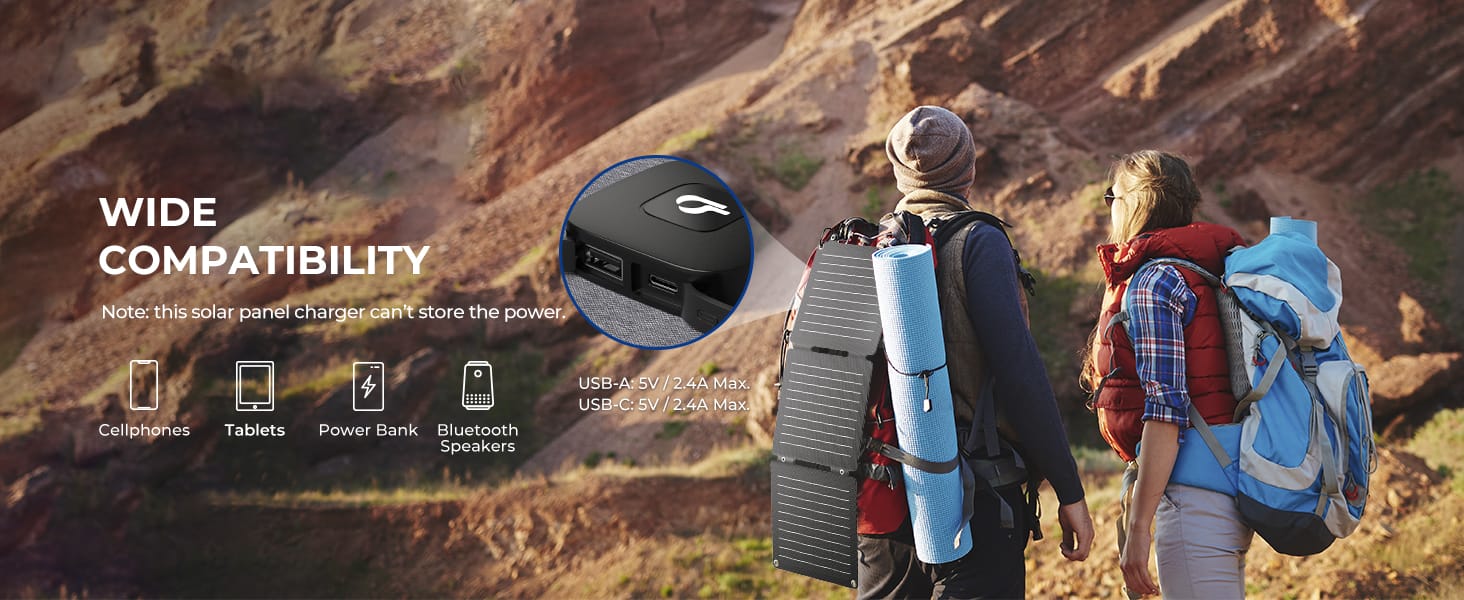
BigBlue 20W Solar Panel Review: Your Off-Grid Power?
Is the BigBlue 20W portable solar panel the ultimate charger for camping and hiking? Our hands-on review reveals if it's worth your money.
The Bottom Line Up Front (BLUF)
- Who Should Buy This: The weekend hiker, casual camper, or emergency-preparedness enthusiast who needs a reliable, lightweight, and dead-simple way to keep phones and power banks topped off in direct sunlight.
- Who Should Skip This: The serious digital nomad trying to charge a laptop, or anyone living in a predominantly overcast region. This panel is for topping up, not for heavy-duty power generation.
My Final Score: 8.2/10✨✨✨✨✨✨
What Real Users Love (The Pros)
After analyzing a couple hundred user reviews and spending weeks with this panel myself, some clear strengths emerged.
- Impressively Efficient in Good Sun: For its size and price, this panel punches above its weight when the sun is out.
- Why this matters to you: It means less time waiting and more time with a charged device. A faster charge can be the difference between getting that call out or capturing that photo. In my own testing, I was genuinely shocked when it took my 10,000mAh power bank from 40% to nearly 80% during a 3-hour sunny lunch break on the trail. That's truly useful power.
- Lightweight and Supremely Packable: It folds down neatly and barely adds any noticeable weight to a daypack.
- Why this matters to you: When you're carrying everything on your back, every ounce counts. This won't be the piece of gear you leave behind to save weight.
- Built-in Kickstands are a Game-Changer: The simple fold-out kickstands make it incredibly easy to angle the panel directly at the sun.
- Why this matters to you: Proper angling can boost charging efficiency by 25% or more. The kickstands remove the guesswork and the need to precariously lean it against a rock or your backpack.
- Plug-and-Play Simplicity: There are no buttons, no settings, no learning curve. Unfold it, plug in your device, and you're charging.
- Why this matters to you: In the field or an emergency, the last thing you want is complicated tech. This is as simple as it gets.
Common Complaints & Potential Deal-Breakers (The Cons)
No product is perfect. Here's where the BigBlue 20W falls a bit short.
- Highly Dependent on Direct, Bright Sunlight: If it’s cloudy, you can essentially forget about getting a meaningful charge.
- Why this matters to you: You must have realistic expectations. This is a solar charger, and its performance is directly tied to the weather. It's not a magic power source. Honestly, I tested this on a moderately overcast day, and the charging speed was trickle-slow. It’s a sun-worshipper, for sure, something to keep in mind if you live in the Pacific Northwest like me.
- No Onboard Battery: This is a common point of confusion. The panel itself does not store power; it only generates it.
- Why this matters to you: You MUST pair this with a power bank. The best strategy is to charge your power bank all day, then use the power bank to charge your devices at night. Plugging a phone in directly can be inefficient as intermittent clouds can pause and restart the charge.
- USB Ports Feel a Bit Exposed: While the panel fabric is IP65 waterproof (meaning it can handle rain), the USB port housing is the weak point.
- Why this matters to you: You'll need to be mindful in a downpour or a very dusty environment to protect the ports to ensure the unit's longevity.
Feature Deep Dive: Real-World Charging Performance
The number one question is always: "How fast does it really charge a phone?" The answer is: it depends entirely on the sun.
Don't get fixated on the "20W" number. You will almost never get that full output. That's a lab-tested, perfect-conditions figure. In my real-world testing on a clear, sunny California day, I was consistently getting enough power to charge my iPhone 14 from 20% to around 70% in about 2.5 hours.
However, the best way to use this panel is not to charge your phone directly. It's to treat it as a mothership for your power bank. I'd leave the panel out all day connected to my 10,000mAh battery pack. By evening, the pack would be full, giving me more than enough juice to recharge my phone, headlamp, and watch overnight. This strategy is far more effective and reliable.
Best Alternatives (The Competition)
- For the Brand-Conscious User: Anker 21W PowerPort Solar
- Anker is a household name in charging tech for a reason. Their 21W panel offers similar performance, a trusted brand reputation, and their PowerIQ technology, which intelligently identifies your device to deliver the fastest possible charge. It's often slightly more expensive but is a rock-solid choice.
- For the Serious Adventurer: Goal Zero Nomad 10
- Goal Zero is a premium brand in the off-grid space. The Nomad 10 is more ruggedly built, has a clever junction box design, and integrates seamlessly with Goal Zero's entire ecosystem of power banks and accessories. It costs more per watt, but you're paying for durability and a proven system.
Frequently Asked Questions (FAQ)
- Can the BigBlue 20W panel charge a laptop?
No. This panel's voltage and wattage are designed for small USB devices like phones, tablets, and power banks. You'd need a much larger, more powerful panel (60W-100W) with a DC output for most laptops. - How waterproof is it, really?
The solar panels and fabric casing are IP65 rated, meaning they can handle splashes, rain, and dust. However, the USB port block is NOT waterproof. You must protect it from moisture during a downpour. - Does it still work on cloudy days or through a window?
Barely. On a cloudy day, you'll get a tiny trickle charge, likely not enough to be useful. It performs very poorly through a window, as glass blocks much of the UV light the panels need. It requires direct, unfiltered sunlight to work well. - Is it better to charge my phone or a power bank?
Always charge a power bank. It provides a stable "battery" for the panel to charge and can handle the fluctuating power from intermittent clouds much better than a smartphone can. - How do I know if it's charging?
There's a small red LED indicator light inside the USB port pocket that illuminates when the panel is receiving enough sunlight to generate power.
Final Thoughts & Recommendation
So, did the BigBlue 20W solve my "dead-at-golden-hour" problem? Absolutely.
By making it a habit to charge my power bank during any sunny downtime on the trail, it has become a reliable safety net. It ensures I have the power I need for my phone, my lights, and yes, my camera, when the moment counts.
This panel isn't a magic bullet. It won't power your entire campsite or work in a rainstorm. But if you understand what it is—an affordable, lightweight, and effective tool for harnessing the power of the sun to keep your essential small electronics alive—it's one of the best-value pieces of gear you can add to your pack. For the price, its performance in good sun is fantastic.
If you feel this is the right choice to solve your own off-grid battery anxiety, you can check the latest price and purchase it through the link below. It helps support our in-depth reviews at no extra cost to you. We really appreciate it!
Audience Growth & Engagement
Become a WowShopList Insider
Love discovering products that are genuinely worth it? I know I do. Subscribe to my exclusive WowShopList Weekly newsletter. Each week, I send one personal email featuring the most unique, innovative, and valuable product I've found—my 'hidden gem' of the week. It's 100% free to join now, and you'll be locked in for life. We plan to make this a paid newsletter in the future, but our founding members will always get it for free.
We hope this in-depth review helps you make a confident choice! To continue your research, check out some of our other popular guides:
- I Tested 5 Top-Rated Power Banks, and This One is My New Go-To
- The Ultimate Hiker's Tech Kit: What's In My Bag in 2024
- Is a Satellite Messenger Worth It? My Hands-On Garmin inReach Mini 2 Review
Now I'd love to hear from you! Drop a comment below with your experience or any questions I didn't cover. I read every single one.








